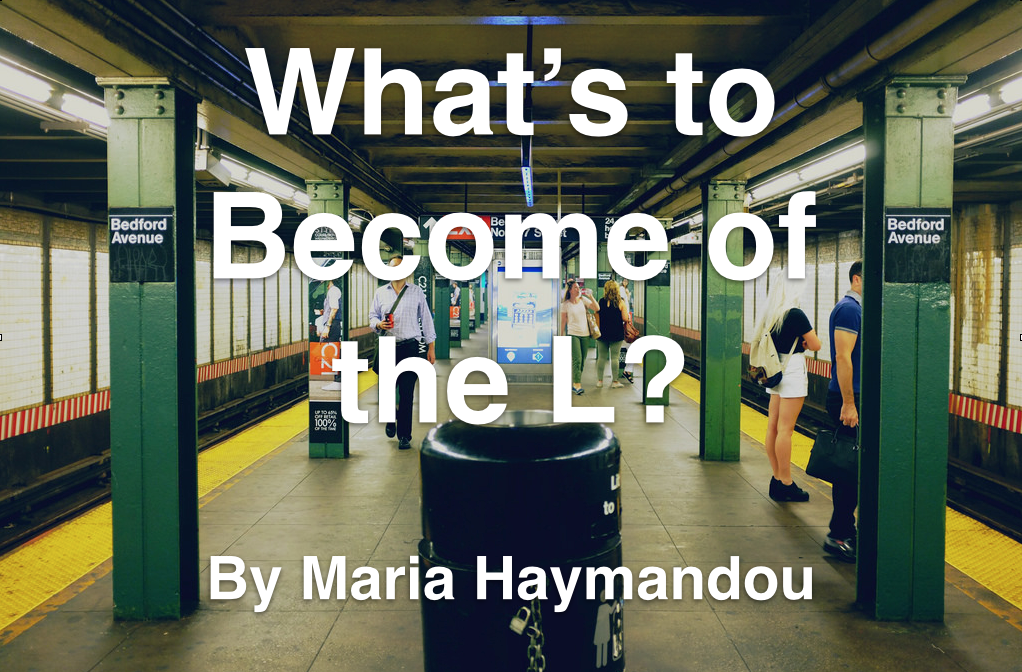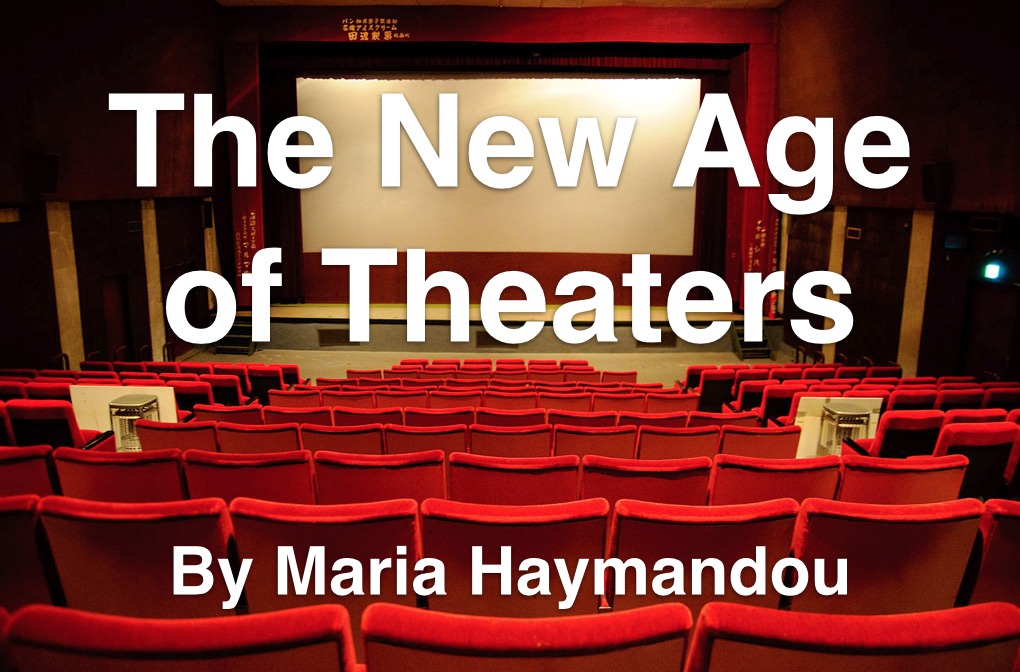 Last week, the MTA held its first community meeting to discuss two proposed plans for the Canarsie Tunnel renovation, the final step in the MTA’s Sandy Recovery Work plan and a major concern for those countless New Yorkers who use the L train on a daily basis. The first plan, which all officials seemed to favor, proposes an 18-month turnaround with work starting in January 2019 and ending in July 2020 and requiring a complete shutdown of the L train from 8th Ave to Bedford Ave. The train would run as normal from Bedford Ave to Rockaway Parkway. This would give the agency more flexibility with contractors, who would get the work done quicker.
Last week, the MTA held its first community meeting to discuss two proposed plans for the Canarsie Tunnel renovation, the final step in the MTA’s Sandy Recovery Work plan and a major concern for those countless New Yorkers who use the L train on a daily basis. The first plan, which all officials seemed to favor, proposes an 18-month turnaround with work starting in January 2019 and ending in July 2020 and requiring a complete shutdown of the L train from 8th Ave to Bedford Ave. The train would run as normal from Bedford Ave to Rockaway Parkway. This would give the agency more flexibility with contractors, who would get the work done quicker.
The second plan, which would take three years, would leave one tunnel open to allow the train to run at 12-to-15 minute intervals from 8th Ave to Bedford Ave, about 20% of the current level of service. There wouldn’t be any train service between Bedford and Lorimer, although service would run as normal between Lorimer and Rockaway. The main concern here is safety; pressure prevents two L trains from being in a tunnel at the same time. Many of the tunnel parts have also been badly damaged; Sandy flooded the Canarsie Tunnel with some 7 million gallons of water, a major challenge to safety. Plans have been in works for years; the MTA has recognized that these would be the two best options since 2014, yet they’ve recognized that there’s still so much work to be done, one of the main reasons they’ve withheld these plans from the public for so long.
At the meeting, the MTA presented a short video giving an overview of the damage done to the tunnel, work that’s already been completed and proposed plans. Many were satisfied with the video, yet there are still concerns that weren’t addressed, such as the state of the J train, the capacity of the E/M platform at Court Square and the plan for the notoriously unreliable G train. Others were more concerned about the 18-month plan than the three-year plan, which wouldn’t allow the chance to get from Manhattan to Brooklyn on the L. This could seriously damage a large number of businesses, although some recognize it as a chance to undo (or at least slow down) some of the rapid gentrification that’s occurred in Williamsburg and Bushwick. But while you can talk about Williamsburg losing its “edge” all you want, but for those Brooklynites who commute to Manhattan, they’d much rather lose the “edge” than a more efficient commute.
If you’d like to learn more, you can click here!


